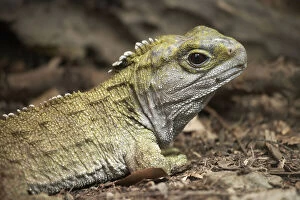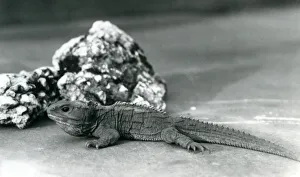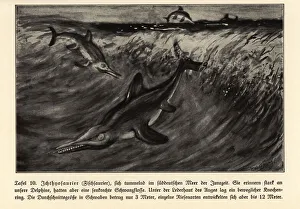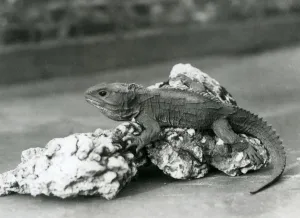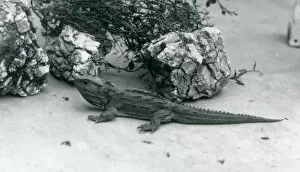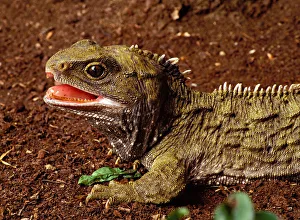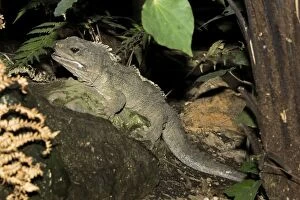Sphenodon Collection
Sphenodon, also known as Hatteria punctata or the great fringed lizard of New Zealand, is a fascinating creature that has captured the attention of many
All Professionally Made to Order for Quick Shipping
Sphenodon, also known as Hatteria punctata or the great fringed lizard of New Zealand, is a fascinating creature that has captured the attention of many. With its unique features and intriguing history, it continues to amaze both scientists and enthusiasts alike. Dating back millions of years, Sphenodon belongs to a group of reptiles called tuataras. These ancient creatures have managed to survive through various geological eras, making them living relics from the past. It's no wonder they are often referred to as "living fossils. " One captivating image shows a Tuatara lying peacefully in front of a rock at London Zoo in 1928. The black and white photo transports us back in time, allowing us to witness this incredible creature up close. Another photograph showcases a reproduction of extinct Ichthyosaurs from the Jurassic era. This depiction highlights the diversity that once existed on our planet and reminds us how fortunate we are to still have Sphenodon roaming our Earth today. In yet another snapshot taken at London Zoo around 1923, we see a Cook Strait or Northern Tuatara basking under artificial light. These photos serve as reminders that these creatures were not only admired but also studied for their unique characteristics. The images continue with more glimpses into the lives of these remarkable lizards: lying on rocks in 1929 and 1927 respectively; residing captive at Invercargill's Tuatararium; showcasing their side view; and finally being observed closely by visitors at London Zoo throughout different years. These photographs capture moments frozen in time - windows into an era when these reptiles were less understood but equally appreciated for their enigmatic nature. Today, Sphenodon remains an important part of New Zealand's biodiversity heritage. Found mainly on offshore islands like Stephens Island or North Brother Island, they play crucial roles in maintaining ecological balance within their habitats.


